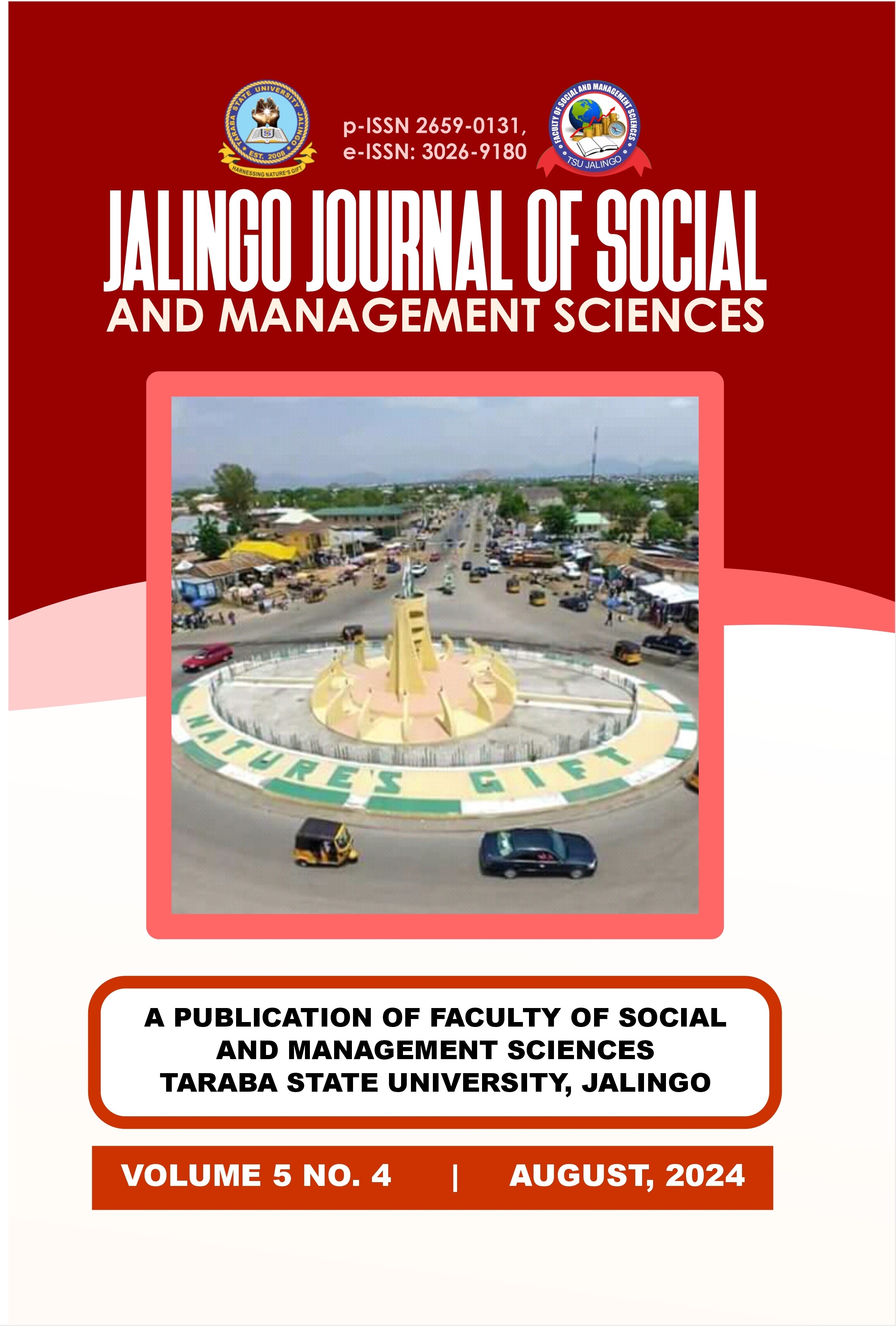Vegetation Cover Recovery after Rural Population Displacement: Evidence from Sambisa Forest High Vegetation Index in North Eastern Nigeria
Keywords:
Vegetation, Boko Haram, Human Disturbance, Climate variability and Sambisa ForestAbstract
Vegetation in semi-arid zones is identified as the most vulnerable and susceptible to human disturbances and climatic variations. In recent years there have been varying postulations on the rate of depletion of vegetation in semi-arid zones and its ability to recover under favourable climatic conditions and minimal anthropogenic interferences. This study uses 16 years (2003- 2019) decadal Normalized Difference Vegetation Index (NDVI) data to analyse trends using linear regression to test for the relationship between annual rainfall and NDVI. Results showed that there has been an increase in vegetation in the study area especially in areas mostly affected by the Boko Haram insurgency such as the Sambisa Forest and its environs by 0.9km2 per yearover a 16 years period (2003-2019). A regression model between annual rainfall and NDVI yielded R2 of 0.2 suggesting that climatic conditions alone cannot explain for the sudden increase in vegetation but rather a reduction in human interference is contributing to the rapid regeneration of vegetation and forested areas.

Downloads
Published
Issue
Section
License
Copyright (c) 2024 JALINGO JOURNAL OF SOCIAL AND MANAGEMENT SCIENCES

This work is licensed under a Creative Commons Attribution-NonCommercial 4.0 International License.
